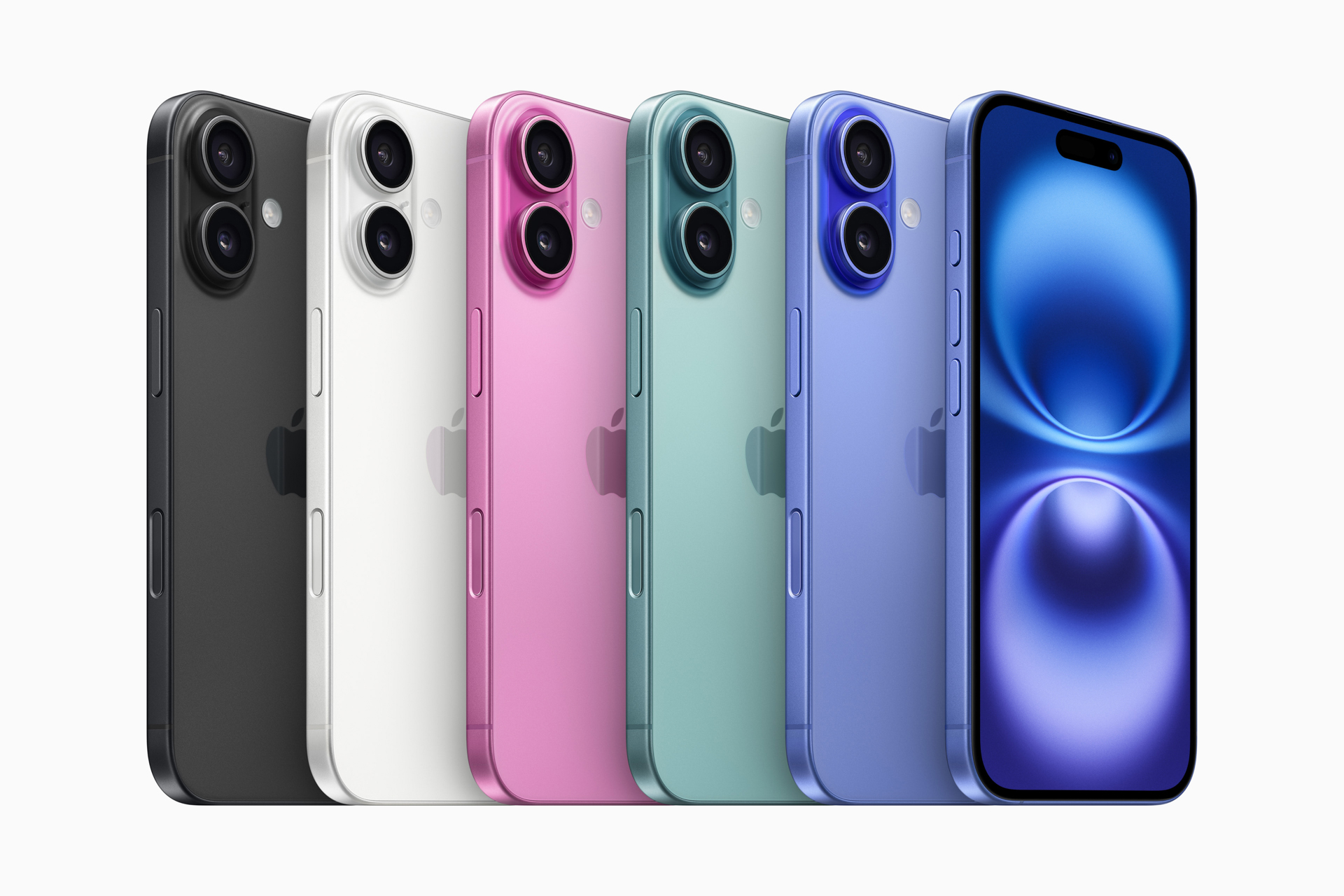
[ad_1]
Apple has taken the wraps off the new iPhone 16 series, made up of the iPhone 16, iPhone 16 Plus, iPhone 16 Pro, and iPhone 16 Pro Max. The devices come after months of rumors, and, surprise, it turns out many of those rumors were true, including those related to the iPhone 16 series’ design.
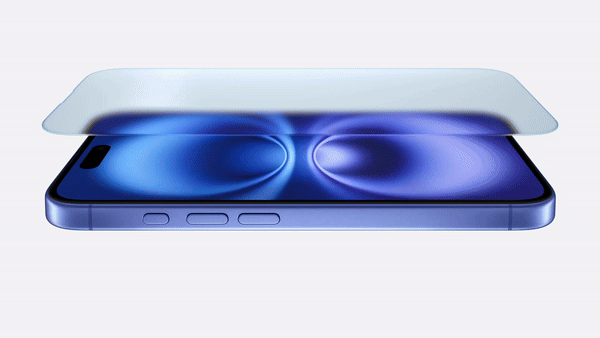
Apple has consistently made some of the best-built smartphones out there, and thankfully, that doesn’t change with the iPhone 16 series. That includes the premium build materials that Apple uses on its phones. The standard iPhone 16 devices are built from high-end aluminum that is 85% recycled and come with a new Ceramic Shield glass on the front and back. And like last year, that glass is a stunning, textured matte. Apple says this latest Ceramic Shield is 50% stronger than the first generation, so hopefully, the device will be more shatter-resistant.
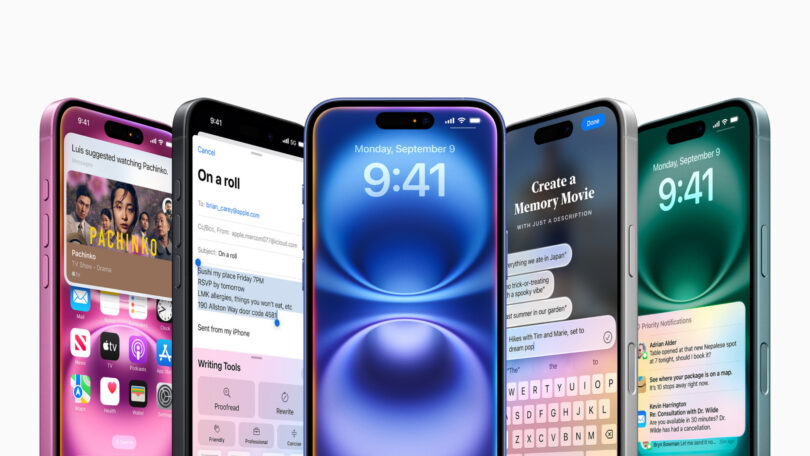
The iPhone 16 Pro and iPhone 16 Pro Max offer an even more premium build, though. Like last year, the Pro devices are made with a titanium frame instead of an aluminum one, and they also feature the Ceramic Shield glass on the front and back. On the front of the device, Apple has reduced the bezels around the display, allowing those displays to be larger without adding to the phone’s footprint. The iPhone 16 Pro now has a 6.3-inch display, which is already relatively large, but the iPhone 16 Pro Max steps that up to a hefty 6.9 inches.
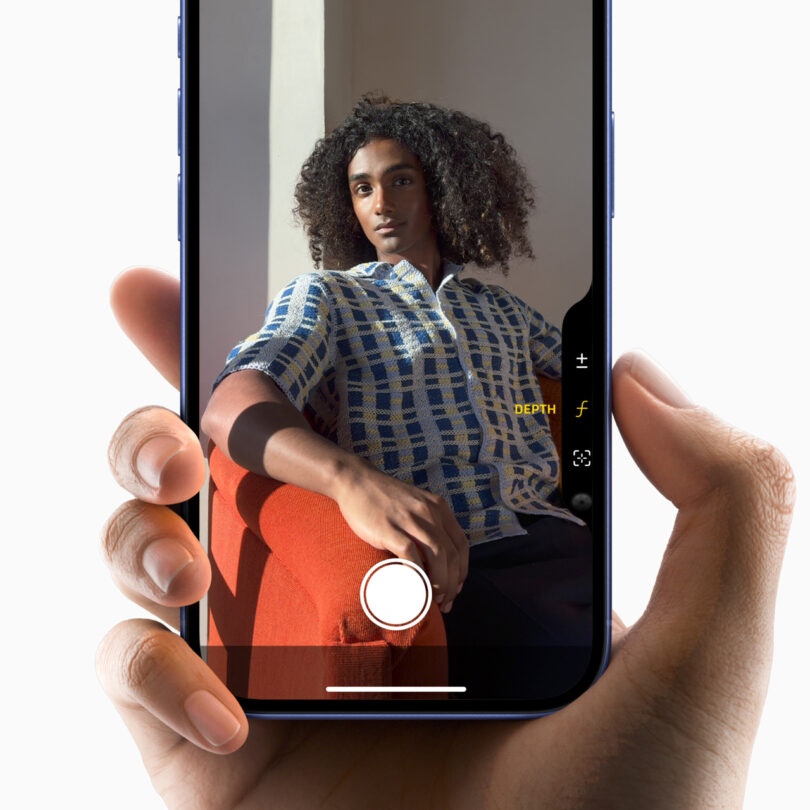
The Camera Control
Let’s be clear – the new iPhones don’t look radically different from previous models, which is a good thing. What is quite different about their design, however, is the addition of a new button on the side of the device, called the Camera Control.
The Camera Control is located on the right side of the iPhone 16 devices, and it makes using the camera a whole lot more intuitive. Press the button once, and the camera app will launch, after which you can press it again to take a photo, or press and hold to start taking a video.
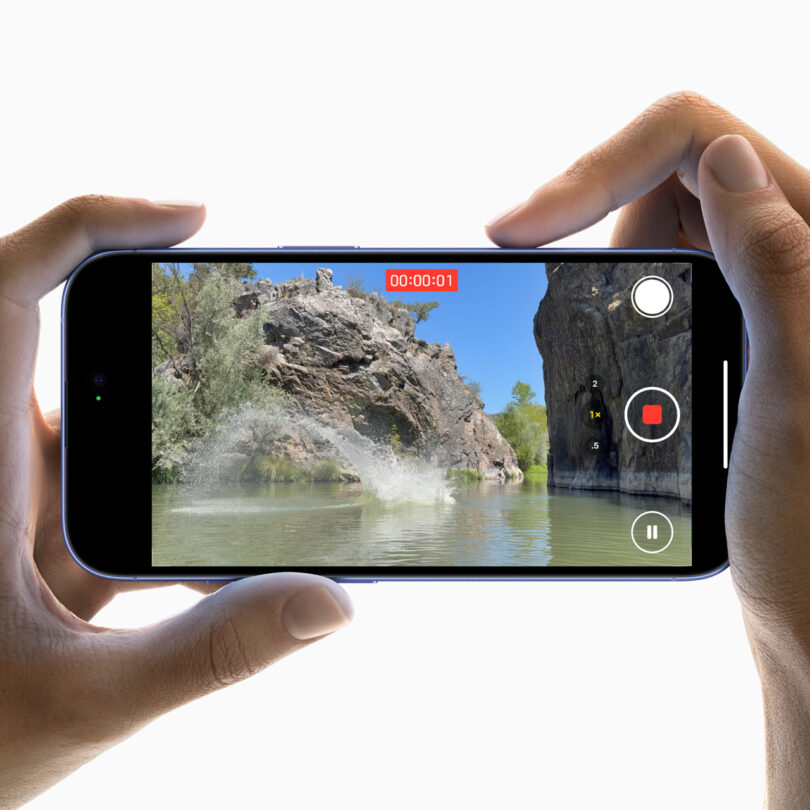
But it gets way more advanced than that too. If you press down lightly, you’ll access different settings that you can scroll between, including exposure, zoom, and depth. Press down lightly again, and you’ll then have access to those controls that you can adjust by sliding on the Camera Control button. So, for example, if you’re adjusting the zoom, sliding left and right will zoom in and out without you ever having to touch the actual screen of the phone. It’s a very neat way of controlling the camera and adds a more tactile feel to the experience of using the phone. Speaking of tactile, you can bet that Apple’s Taptic Engine will integrate with the Camera Control, offering tiny vibrations when you scroll between different settings for the feel of actually using a physical dial. Of course, it remains to be seen how useful it will be in the real world, but I personally can’t wait to try it out.
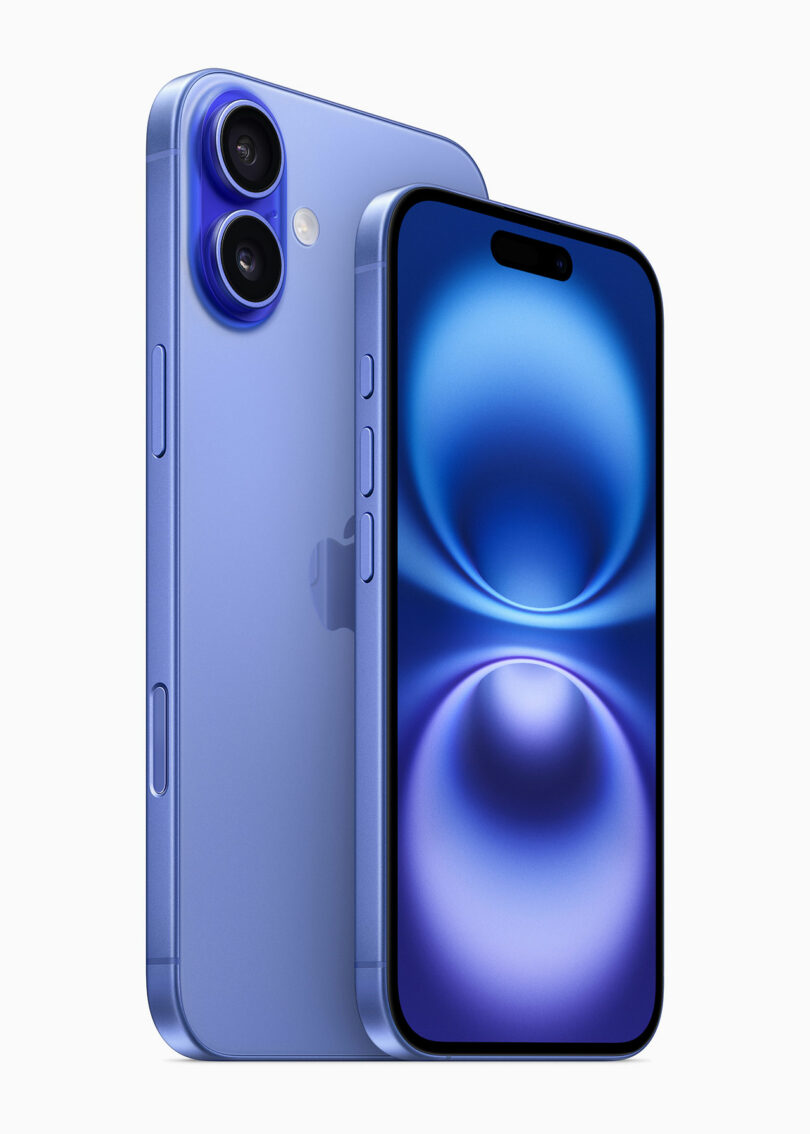
iPhone 16 and iPhone 16 Plus
Everything Else
Other aspects of the phones are improved, as you would expect. Under the hood, the iPhone 16 offers Apple’s new A18 chipset, while the iPhone 16 Pro has the A16 Pro. These chipsets are optimized for Apple Intelligence features that will be launching later this year, ensuring smooth performance and fast response.
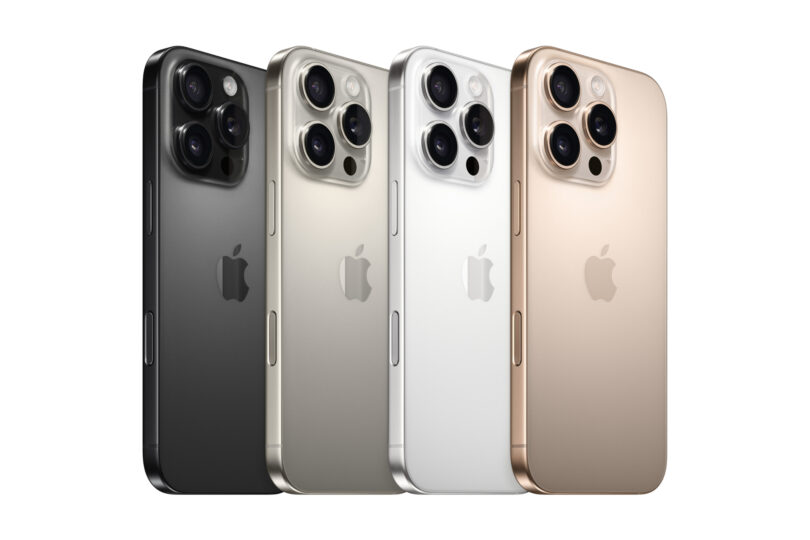
And the cameras themselves have gotten better, allowing them to capture more detail and offer more customizability with new camera styles that can be switched between using, you guessed it, the Camera Control.
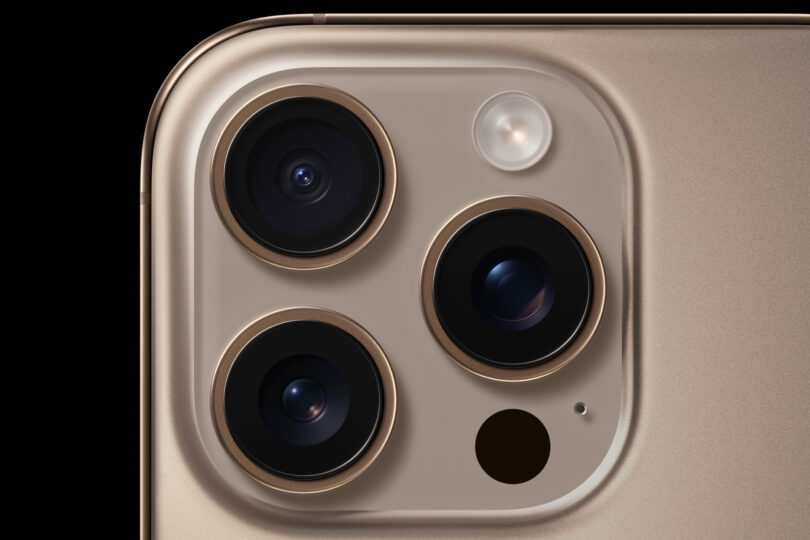
The standard iPhone 16 and the iPhone 16 Plus will be available in a series of great new colors, including black, white, pink, teal, and ultramarine. The iPhone 16 Pro devices are a little less colorful, but they’re just as visually appealing in black titanium, natural titanium, white titanium, and desert titanium.
The iPhone 16 starts at $799, while the iPhone 16 Plus starts at $899. The iPhone 16 Pro starts at $999, while the iPhone 16 Pro Max starts at $1,199. They’re available for pre-order starting today, with sales set to begin on September 20.

Christian de Looper is a consumer tech reporter based in sunny Santa Cruz, California. Christian has reported on tech for over 10 years, with bylines in many of the largest tech publications, including Digital Trends, Forbes, CNN Underscored, Tom’s Guide, and PCMag. Christian has an obsession with how tech companies balance great design with great functionality, and lives at home with his wife, daughter, and cat.
[ad_2]